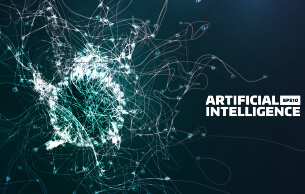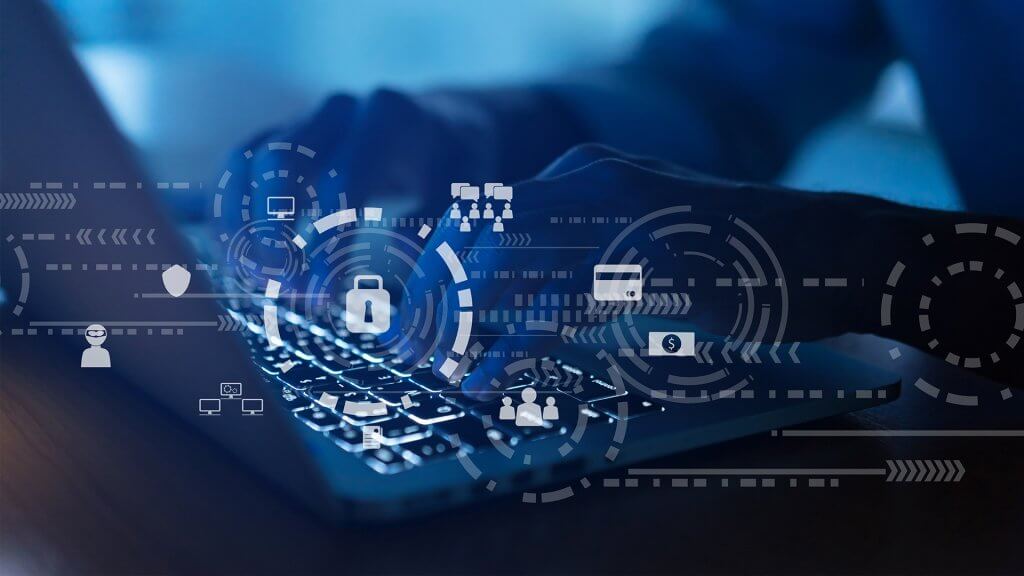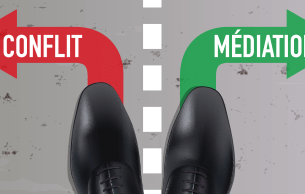FlawlessMLM on Strategic Gamification: Turning Platforms into Journeys
“You don’t want to disappoint the owl, do you?” — this now-viral phrase from Duolingo didn’t catch on by accident. Users return to the app day after day, not just to learn a language, but to keep their streak alive, to preserve their progress — and, yes, to avoid disappointing that little green owl. Millions are learning not just out of duty, but thanks to an engagement system baked into the product. That’s gamification in action.
Today, more and more digital products capture user attention not through discounts or flashy features, but through carefully crafted user experiences. Gamification isn’t about turning everything into a game — it’s about using game design elements like levels, points, feedback loops, and narratives to build habits and keep users coming back. Where UX once focused on interfaces, it now designs behavior.
Drawing on our experience at FlawlessMLM, this article explores how gamification is evolving in 2025, why it’s becoming a core strategy for digital platforms, and how it enhances user engagement, retention, and long-term behavior. We’ll also look at the psychology behind it — what makes it effective and why it’s becoming a strategic growth tool.
Why Gamification Works: Behavior, Motivation, and Progress
Gamification works because it taps into the core architecture of human behavior. The drive for achievement, recognition, and a sense of progress isn’t just a personality trait — it’s hardwired by evolution. For thousands of years, survival depended on feedback: take an action, see a result; reach a goal, earn approval from the group. These patterns haven’t disappeared. The digital world we now live in is structured differently, but the brain still craves clear signals: Where am I? What have I accomplished? Is it worth continuing?
Game mechanics, in fact, long predate digital platforms. In 1973, Charles Coonradt’s book The Game of Work laid out a framework for applying game-like principles to improve employee productivity — one of the earliest documented uses of gamification in business.
Modern research supports gamification’s impact. According to TalentLMS, 89% of employees feel more productive in a gamified work environment, and engagement can rise by up to 48% when game elements are incorporated into learning.
Mechanics that reward even small wins amplify the feeling of ownership. Behavior shifts from reactive to intentional. The user isn’t just clicking a button — they’re progressing through a journey. And that builds a lasting habit: not just to finish a task, but to stay engaged.
When a Product Becomes More Than Just a Tool
Game mechanics are no longer a “nice-to-have” feature — they’re a foundational element in products where retaining user attention matters as much as attracting it. Today, behavior is being designed just as deliberately as functionality once was. Gamification is shaping user experiences across banking, education, marketplaces, corporate platforms, e-commerce, investment tools, goal-tracking apps — and increasingly, B2B platforms.
When a user opens a banking app to “break down goals” into smaller savings missions, it’s no longer just a deposit — it’s a mini-game. When someone shops on a marketplace and earns levels or bonuses for leaving reviews, the act becomes more than a transaction — it’s a user engagement scenario. In one case, gamification helps guide the savings journey step by step, offering a sense of progress and control. In another, it turns learning into a series of achievements and makes progress visible.
At FlawlessMLM, we build platforms where every element follows a logic of growth. It’s not just an interface — it’s a behavioral architecture. Each part of the system answers the user’s internal questions: “Where am I now? Where am I headed? How am I progressing?” We design a journey — from first steps to status levels, from individual progress to team dynamics. Progress is visual, goals are clear, and motivation is embedded directly into the platform’s mechanics.
Beyond the scenarios, we prioritize usability: intuitive navigation, modern UX, and adaptation to real-world workflows. The platform doesn’t distract — it guides. And that’s what creates deep engagement: not through pressure, but through a sense of control, meaningful progress, and personal growth.
Gamification Starts with Purpose, Not Points
Gamification isn’t just about adding badges and points to a product — it’s a strategic tool that requires thoughtful planning and clear goals.
Before introducing gamification, it’s essential to define the behavioral shifts you want to encourage. Are you aiming to increase engagement, extend time spent in the app, or reduce user churn? Once the goal is clear, you can select the right game mechanics — such as levels, achievements, leaderboards, or reward systems — to support it.
What matters most is that these elements are seamlessly integrated into the product experience. They should enhance, not distract from, the user journey. In educational platforms, for example, gamification can encourage course completion and knowledge retention. In e-commerce, it can drive repeat purchases and participation in loyalty programs.
What the User — and the Business — Take Away
Gamification isn’t about entertaining the user. It’s about embedding a subtle impulse into the product — one that holds attention without pressure and renews interest without constant reminders. It doesn’t make a product great on its own, but it makes the experience clearer, more dynamic, and worth returning to.
Effective gamification isn’t front and center. It lives within the platform’s logic — guiding user flow, making motivation visible, and behavior predictable. And that’s what enables deeper, more lasting relationships between product and user. While others fight for one more click, those who design meaning come out ahead.
Media Contact:
Company information:
FlawlessMLM is a leading European software development company specializing in network marketing solutions since 2004. The company offers consulting and IT services that empower direct selling businesses to operate and scale efficiently.



























